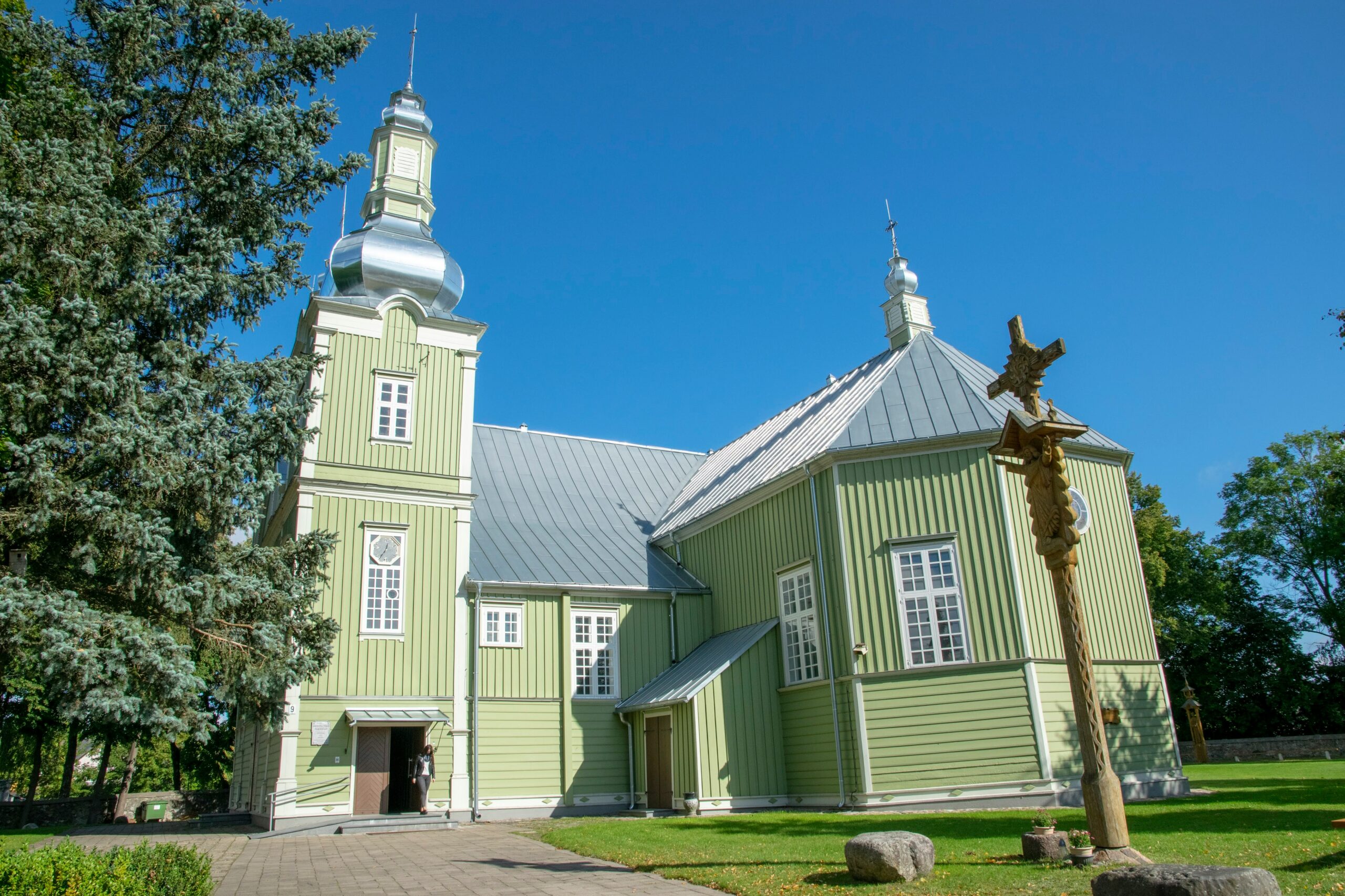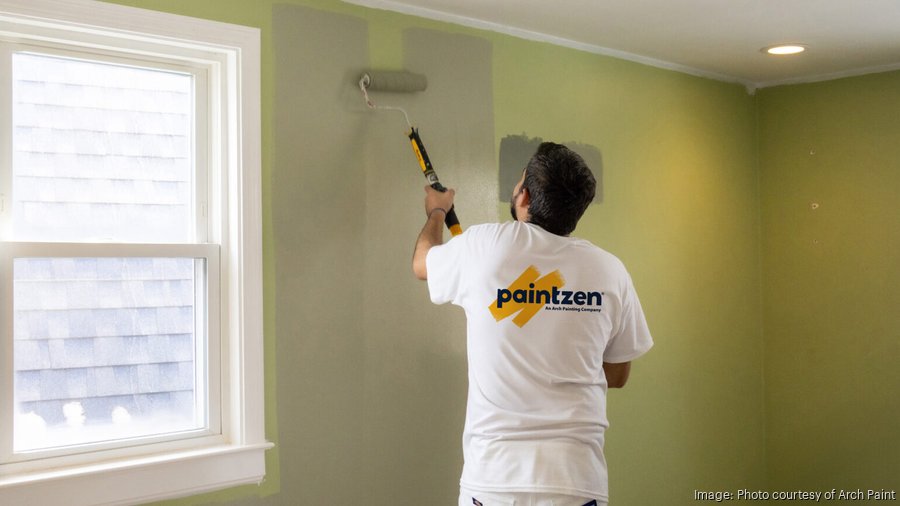Maintaining a commercial or multi-unit property is a year-round job, and painting is one of the most effective ways to protect your investment and keep tenants satisfied. Seasonal maintenance painting is more than cosmetic—it safeguards surfaces, prevents costly repairs, and preserves curb appeal through every season. For property managers, knowing when and where to paint, what materials to use, and how to schedule work efficiently is critical. This guide explores expert painting and maintenance strategies tailored to the needs of busy facilities.
Why Seasonal Maintenance Painting Matters
Protecting Property Value Year-Round
Routine painting maintenance protects both the appearance and structural integrity of your property. Well-maintained paint helps seal surfaces from moisture, pests, UV rays, and pollutants. In high-traffic properties or exposed exteriors, these threats can quickly degrade materials if left unchecked.
By investing in regular touch-ups and coatings, property managers extend the life of siding, trim, metal, and masonry. Painting also plays a role in tenant retention; fresh, clean surfaces contribute to positive impressions and increased satisfaction.
Seasonal Risks to Watch For
Each season presents unique threats to building surfaces that should be factored into your maintenance plan.
Winter: Freeze-Thaw Cycles and Ice Melt Damage
Freeze-thaw cycles can be especially destructive. Moisture finds its way into hairline cracks and expands when frozen, worsening the damage and causing paint to flake or surfaces to crumble. Areas near sidewalks and entry points may also be exposed to de-icing salts, which can break down paint layers and create premature wear. Property managers should inspect these areas regularly and touch up any vulnerable sections to prevent compounding damage.
Spring: Rain, Moisture Infiltration, and Mold Growth
With increased rainfall and melting snow, spring often brings excessive moisture that can penetrate aging paint or damaged caulking. This can lead to bubbling, blistering, or mold growth on both interior and exterior surfaces. Repainting with moisture-resistant coatings and resealing windows and trim can help defend against this seasonal hazard. Regular inspections during spring also provide an opportunity to address small issues before summer heat exacerbates them.
Summer: UV Exposure and Paint Fading
Extended sunlight exposure, especially on southern and western-facing walls, can cause paint to fade unevenly, chalk, or blister. UV rays also degrade binders in paint, reducing its ability to protect the underlying material. Light-colored paints tend to reflect heat better, while UV-resistant coatings can provide longer-lasting finishes. Mid-summer is often the ideal time for exterior work due to dry conditions, but precautions must be taken to avoid painting during peak heat.
Fall: Leaf Staining and Clogged Drainage Areas
As leaves accumulate on roofs, walkways, and gutters, they can trap moisture against painted surfaces, leading to staining or accelerated deterioration. Clogged drainage systems can cause water to overflow and run down building exteriors, damaging paint and even encouraging algae growth. Seasonal painting maintenance should include inspection of these problem areas, gutter cleaning, and repainting any water-damaged trim or siding.
Key Areas for Facility Maintenance Painting
Exterior Paint Maintenance for Every Season
Exterior maintenance painting protects against the elements while preserving visual appeal. Repainting trim, pressure washing walls, resealing caulking joints, and performing regular inspections are essential tasks.
Entryways and Canopies
These high-touch, high-visibility areas often experience wear due to foot traffic, hand contact, and weather exposure. Regularly repainting metal railings, door frames, and overhangs keeps these spaces looking professional and welcoming.
Siding, Trim, and Railings
Siding and trim act as the outer armor of your building. Seasonal painting keeps materials like wood, fiber cement, or aluminum sealed and protected from moisture, pests, and UV exposure. Railings often need repainting more frequently due to constant contact and weathering.
Metal and Masonry Surfaces
Steel, iron, brick, and concrete all benefit from protective coatings that prevent rust, spalling, or staining. Repainting these surfaces with industrial-grade primers and finishes improves longevity and creates a clean, consistent look across the property.
Interior Maintenance Painting for Common Areas
Interior painting not only boosts aesthetics but also reflects the professionalism of property management.
Commercial Office Spaces
Tenant-facing spaces like lobbies and meeting rooms should remain clean and modern in appearance. Maintenance painting in these areas helps preserve a polished, inviting atmosphere and may even influence leasing decisions.
Apartment Hallways and Laundry Rooms
High-traffic residential common areas experience frequent scuffing, staining, and general wear. Scrubbable finishes and antimicrobial paints are ideal here, allowing for easier cleaning and reduced maintenance over time.
Restrooms and Service Areas
These utility spaces require durable, mildew-resistant coatings that can withstand humidity and frequent cleaning. Brightening up these areas through fresh paint not only improves functionality but enhances the tenant experience.
Special Considerations for Multi-Unit and Commercial Properties
Large properties involve more moving parts and must account for tenant schedules, accessibility, and noise concerns.
Apartment Buildings and HOAs
Painting work in shared spaces or building exteriors must be communicated clearly to residents. Painting during off-peak seasons or coordinating with tenant move-outs can improve efficiency and minimize complaints.
Retail Stores and Restaurants
Painting work in commercial retail environments must be tightly scheduled to avoid interrupting business operations. After-hours or overnight services are often required to maintain brand image without impacting revenue.
Healthcare, Education, and Municipal Facilities
Sensitive properties demand low-VOC or odor-free paints, quick-drying formulations, and strict adherence to health and safety regulations. Partnering with experienced painters ensures work is completed discreetly and safely.
Choosing the Right Paint for Long-Term Performance
Sherwin-Williams Maintenance Paint Options
Choosing the right product ensures your work holds up over time. Sherwin-Williams offers a wide range of high-performance coatings that can be tailored to the specific conditions of your property. From extreme weather resistance to finishes that stand up to constant cleaning, there is a solution for every surface.
Duration® and SuperPaint® for Exteriors
These exterior paints are engineered for long-term durability. Duration® includes advanced mildew-resistant technology, while SuperPaint® delivers excellent adhesion and coverage. Both are ideal for wood, vinyl, and masonry surfaces, providing reliable protection in harsh seasonal climates.
Pro Industrial™ for High-Traffic Interiors
This line of coatings is designed to stand up to commercial use. With options that include epoxy and urethane formulations, Pro Industrial™ paints are excellent for stairwells, lobbies, and service corridors where durability is critical.
Harmony® and Promar® for Eco-Friendly Maintenance
Harmony® offers odor-reducing technology and zero-VOC formulations, making it ideal for healthcare, educational, and residential facilities. Promar® is a cost-effective choice that delivers reliable results for routine interior maintenance painting in large commercial settings.
Matching Paint Type to Use Case
Choosing the right type of paint for your specific property needs can drastically improve both longevity and visual consistency. Every surface and usage area has different demands—knowing which paint best meets those requirements is a cornerstone of effective property maintenance.
Durable Coatings for Exteriors
Paints for exterior surfaces must be weather-resistant and flexible enough to expand and contract with temperature changes. Elastomeric and acrylic paints provide excellent adhesion and flexibility, especially on wood and stucco. These coatings help resist cracking, peeling, and water intrusion throughout the year.
Choosing high-quality exterior paint also reduces the frequency of repainting. Sherwin-Williams offers several exterior paints with built-in UV resistance and moisture control, which is vital for long-term maintenance planning.
Scrubbable Finishes for Interiors
Interior areas, especially in high-traffic buildings, require finishes that are easy to clean and resistant to stains. Eggshell, satin, or semi-gloss finishes are typically preferred in hallways, common areas, and restrooms due to their durability and washability.
These finishes can withstand frequent cleaning with mild detergents, helping to maintain a fresh look without regular repainting. Low-VOC options are also widely available to minimize disruption during projects.
Specialty Paints for Unique Needs
Some areas require paints with antimicrobial, anti-graffiti, or fire-retardant properties. These coatings are especially useful in healthcare, food service, or educational facilities where hygiene and safety are top concerns.
Investing in specialty paints may cost more upfront but offers longer-term savings by reducing future maintenance needs and ensuring regulatory compliance. It’s important to consult with a painting professional who can match products to specific industry requirements.
Comparing High-Traffic Paint vs. Standard Paint
High-traffic paint is formulated with greater durability, stain resistance, and adhesion to withstand repeated cleaning and wear. These paints often have harder finishes and a higher resin content, making them ideal for corridors, stairwells, and commercial restrooms.
In contrast, standard interior paint is designed for areas with less foot traffic or physical contact. While more budget-friendly, standard paints may require more frequent touch-ups or repaints, especially in busy facilities. High-traffic paints ultimately provide better long-term value and lower maintenance costs.
Benefits of a Seasonal Painting Maintenance Plan
Reduced Repair Costs
A well-executed seasonal painting plan catches minor issues—like chipping paint, rust, or mildew—before they become expensive repairs. By addressing wear and tear early, property managers can avoid the high cost of replacing damaged materials or performing structural repairs.
Proactive maintenance also reduces the chances of tenant complaints or insurance claims related to water damage, mold, or unsafe conditions. Seasonal painting is a preventative investment that pays off in property longevity.
Extended Surface Lifespan
Regular repainting helps protect substrates like wood, metal, and masonry from exposure to the elements. Surfaces that are frequently maintained experience fewer problems with rot, corrosion, and degradation, ultimately lasting much longer than neglected counterparts.
Proper maintenance also ensures consistent color and texture throughout the property, reducing the need for full repaints and preserving aesthetic continuity.
Improved Aesthetics and Tenant Satisfaction
Nothing elevates a property’s appearance more than a fresh coat of paint. Seasonal maintenance keeps common areas, entrances, and tenant-facing spaces looking well-kept and inviting. This positively impacts tenant retention and improves marketability for new leases.
When tenants see property managers taking pride in their upkeep, it builds trust and contributes to a more positive reputation for the property overall.
Predictable Budgeting and Scheduling
By planning painting maintenance seasonally, property managers can spread out costs and avoid financial surprises. Scheduled upkeep reduces the need for emergency work, allowing teams to focus on strategic improvements.
It also simplifies project scheduling. Contractors can be booked well in advance, ensuring high-quality results with less stress and last-minute decision-making.
FAQs About Property Maintenance Painting
How often should commercial buildings be repainted?
The frequency of repainting depends on several factors, including the building’s location, material type, and exposure to weather or traffic. In general, exterior surfaces should be evaluated every 5–7 years, while high-traffic interiors may need attention every 2–4 years. Regular inspections help determine the best repainting schedule.
What kind of paint lasts longest for commercial buildings?
Elastomeric and 100% acrylic latex paints typically offer the best longevity for exteriors, while high-performance interior paints like Sherwin-Williams Pro Industrial or Scuff Tuff are ideal for interiors. These paints resist fading, peeling, and damage from cleaning or contact, offering better long-term performance.
Can painting be done year-round for commercial properties?
Yes, with proper planning. Interior projects can be scheduled any time of year, while exterior painting should be timed to avoid extreme temperatures or high humidity. Many modern paint formulations can cure in cooler weather, allowing for longer painting seasons, especially with professional-grade materials.
Is it worth investing in low-VOC or specialty paints?
Absolutely. Low-VOC paints improve indoor air quality and are ideal for spaces with frequent use, like offices and schools. Specialty paints, such as antimicrobial or anti-graffiti coatings, provide added value by reducing maintenance needs and meeting industry-specific regulations. They offer a greater return on investment through improved durability and performance.
How does seasonal painting impact property value?
Seasonal painting keeps properties looking fresh and well-maintained, which directly affects tenant satisfaction, occupancy rates, and resale value. Regular upkeep also signals proactive management to prospective buyers or investors, enhancing perceived value.
Extend the Life of Your Property with Seasonal Maintenance Painting Services
At Arch Painting, we understand the unique challenges property managers face when it comes to seasonal upkeep. Our team offers tailored maintenance painting services that align with your building’s schedule, tenant needs, and operational requirements. Whether you’re managing a commercial office complex, multi-unit apartment building, or institutional facility, we deliver quality workmanship that protects and enhances your property.
Contact Arch Painting today to learn how our proactive painting services can support your year-round maintenance goals.



